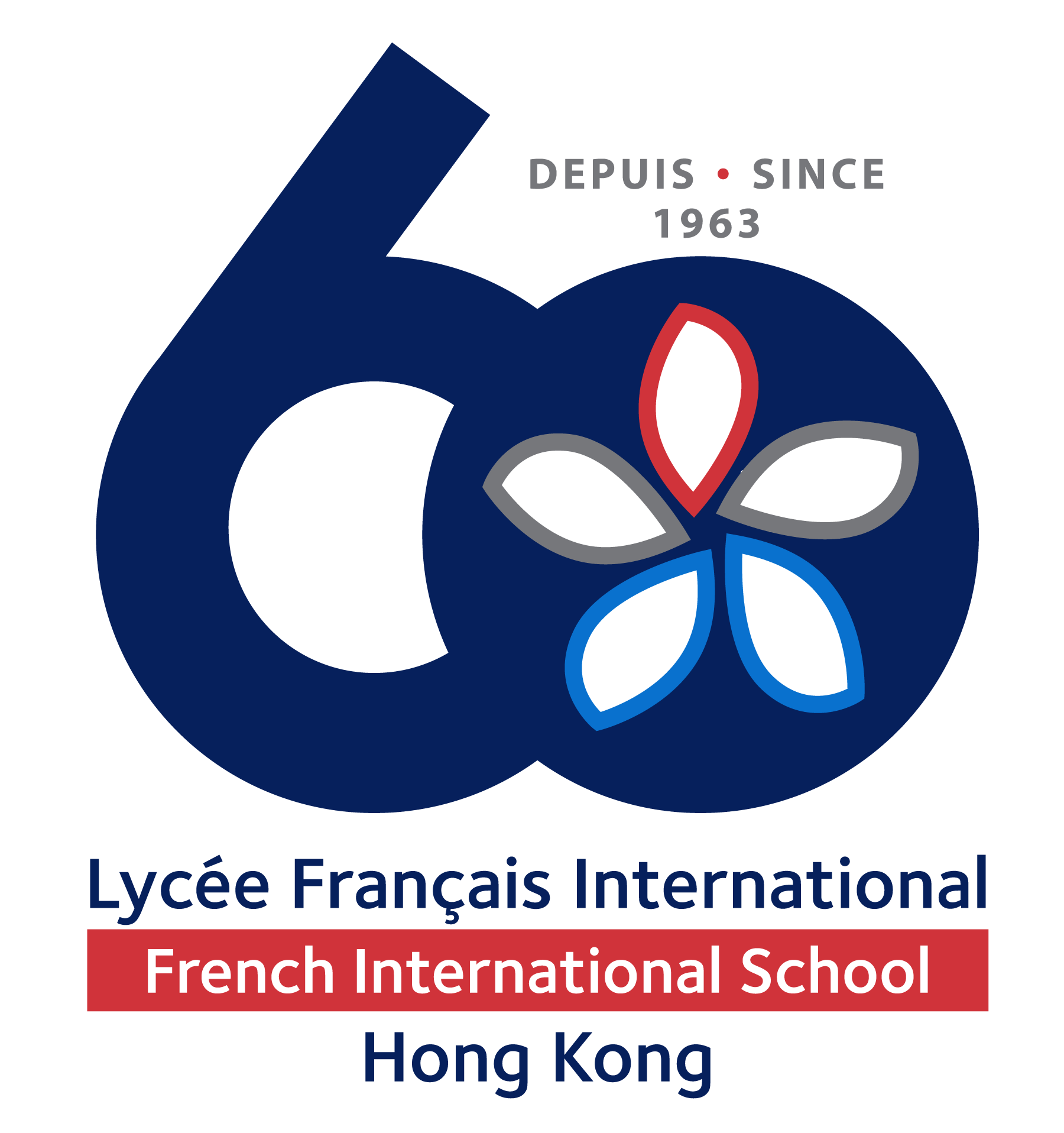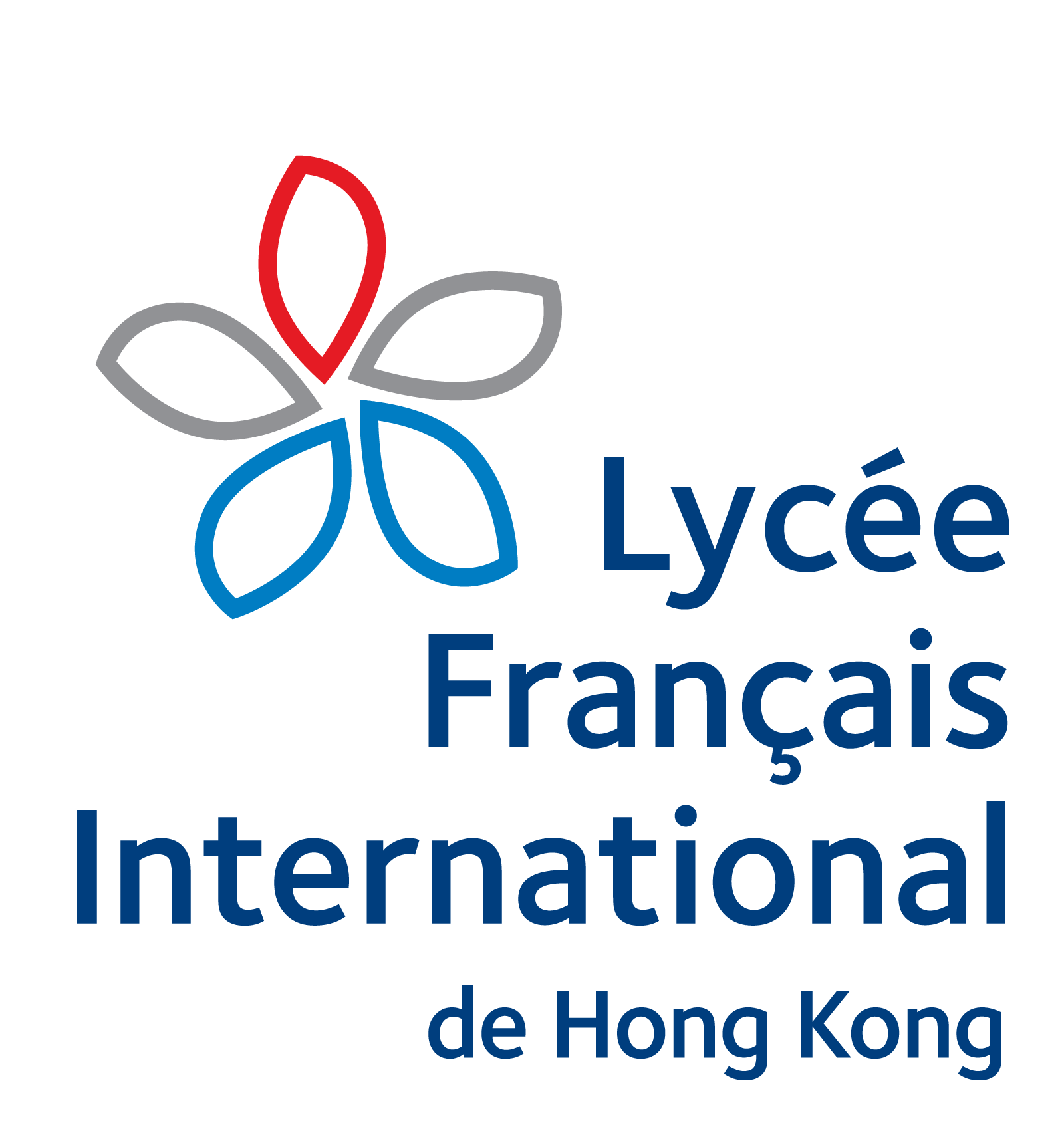Learning at IS Primary FIS
Learning Enhancement Support
At our school in IS Primary, students who require additional support to address gaps in their learning or to challenge their conceptual understanding are provided with targeted assistance. This support can be offered within their regular learning environment or through pull-out sessions. These interventions may take the form of one-on-one instruction or small group interventions.
Differentiated Learning
Our teachers plan lessons carefully to support differentiated learning. Various strategies are employed to cater to the diverse needs of students, including but not limited to:
- Utilising support staff for targeted intervention and providing both support and challenges.
- Implementing different groupings, including both mixed-ability and similar-ability groups.
- Utilising effective questioning techniques to engage and challenge students.
- Providing a wide range of materials and resources to accommodate different learning styles and preferences.
- Scaffolded learning approaches to gradually support students in developing their skills and understanding.
- Offering various tasks and choices empowers students to take ownership of their learning.
- Methods of Challenge and Choice
Challenge and Choice
To foster autonomy and independence in learning, students are provided with opportunities for supported challenges and choices. They can select their level of challenge through differentiated tasks, such as cup challenges at JL or selecting the level of spice at TKO. Teachers also employ different research methods and recording techniques to support students in their learning journey.
Examples of research opportunities include exploring books, letters, diaries, library visits, online resources, photos, maps, atlases, leaflets, travel guides, and brochures, engaging with visitors and experts, conducting interviews and questionnaires, accessing magazines, news footage, newspapers, and studying art, songs, and artefacts.
Examples of recording opportunities include creating maps, diagrams, mind maps, tables, graphs, using videos, photos, and presentations, designing inventions and art, as well as engaging in various forms of writing, such as newspapers, leaflets, and posters.
These approaches aim to provide a rich and inclusive learning experience that meets the individual needs and interests of our students.



